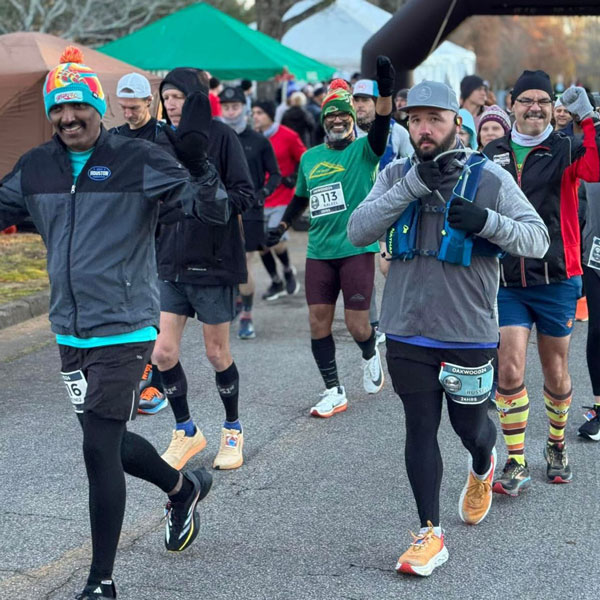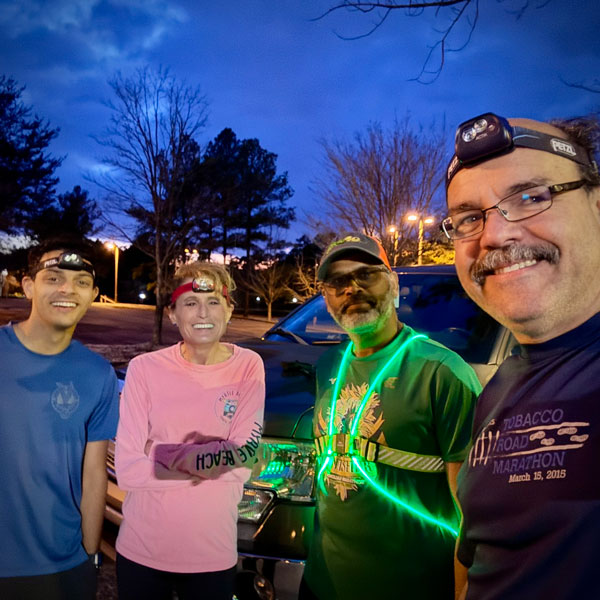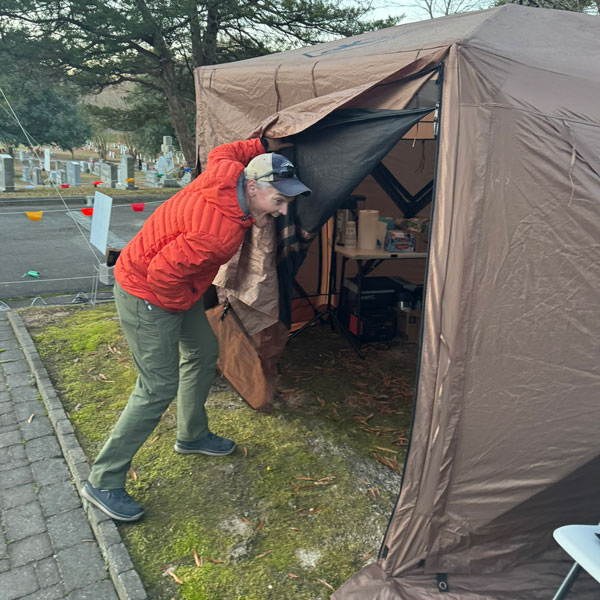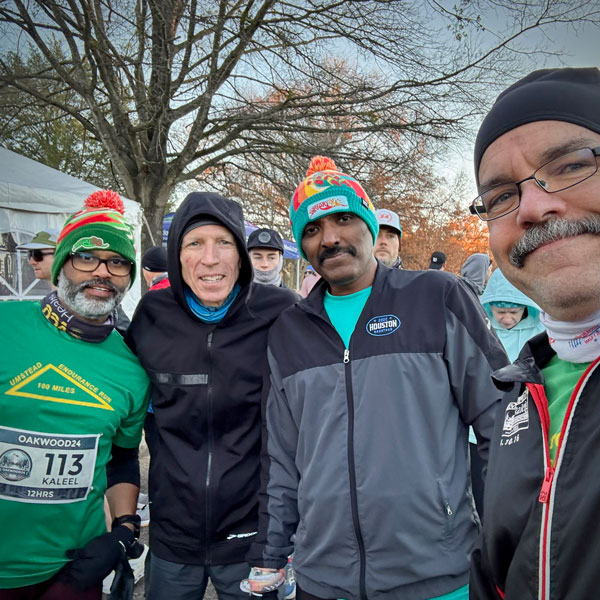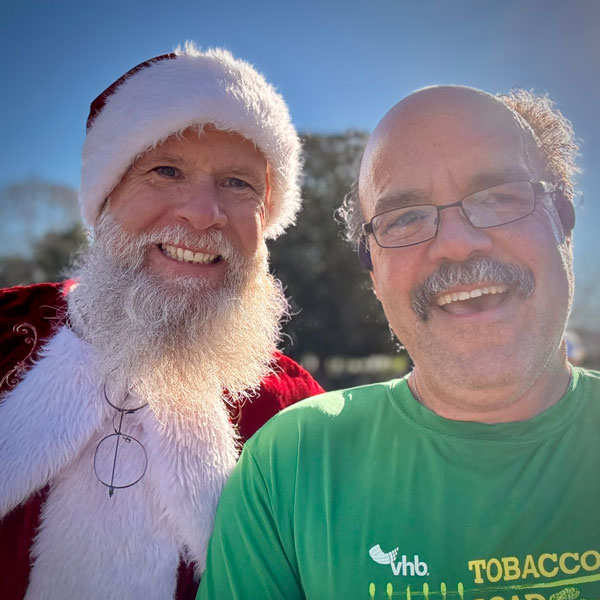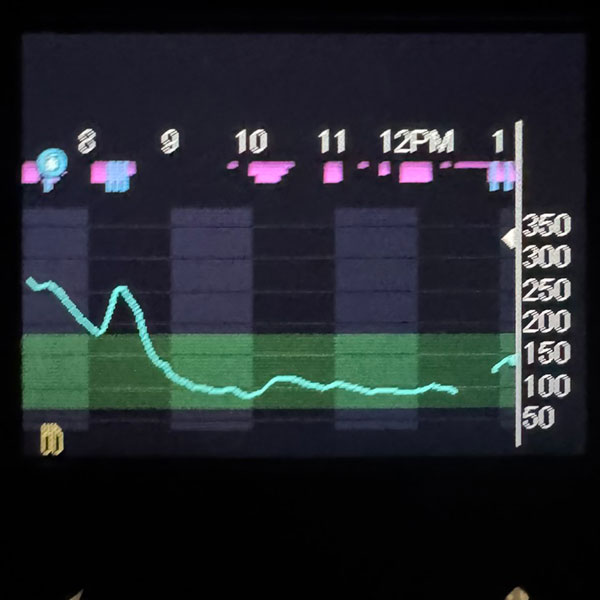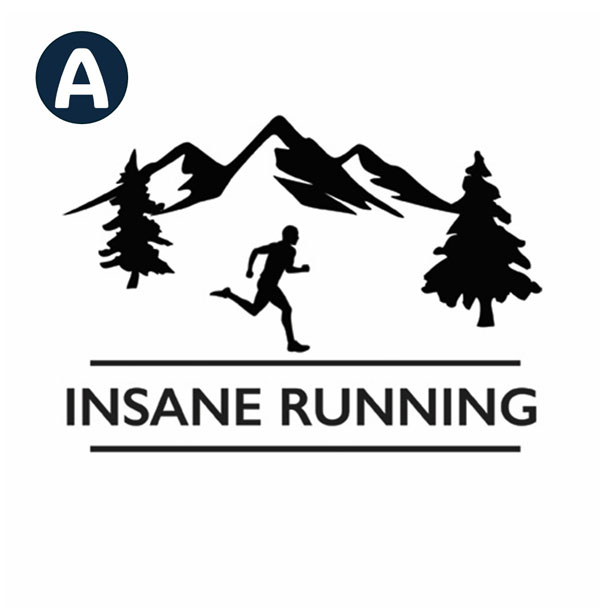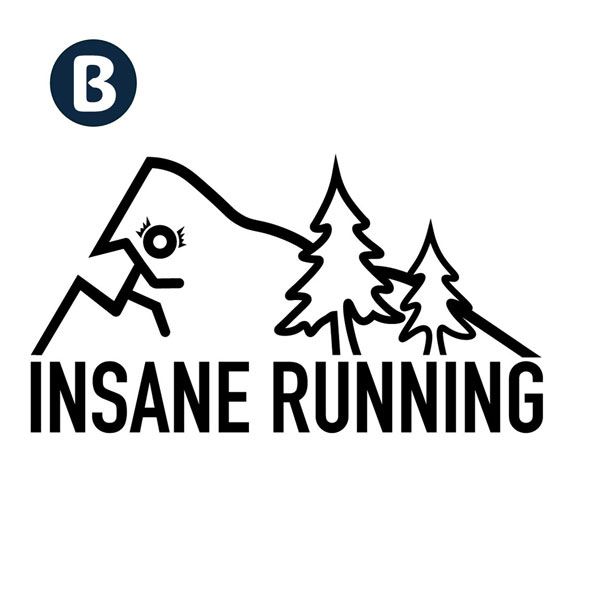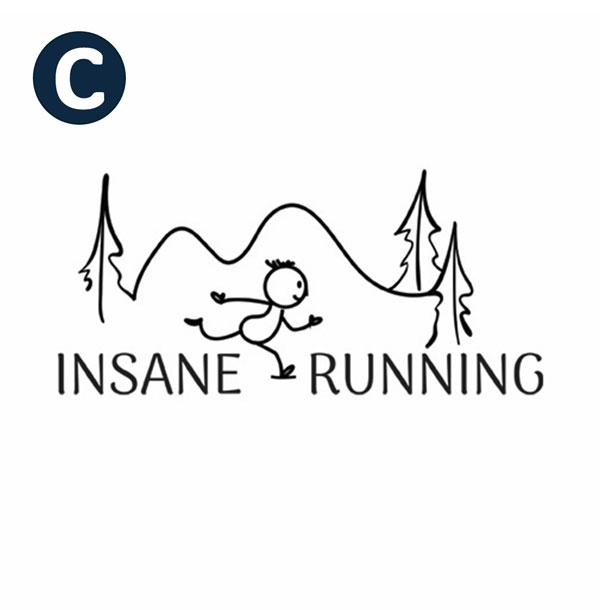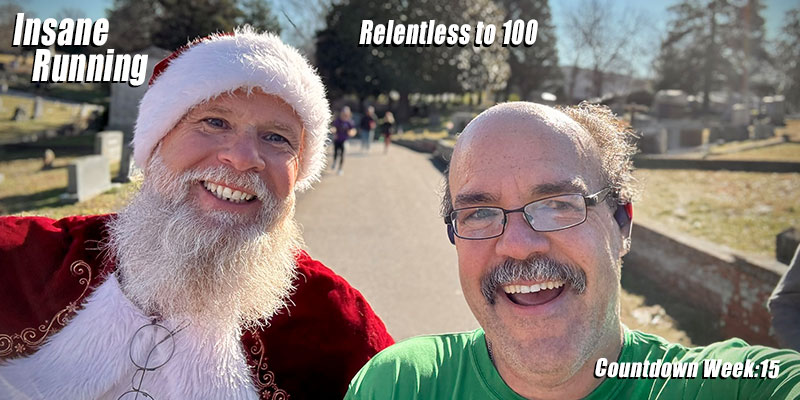Relentless to 100: Week 15
Running long distances can be tasking to the body in multiple ways. One of these ways comes in the form of chafing. You might ask why some people suffer from it, and others do not. Well, like any training or running plan/approach, every individual is unique. Like one of the podcasts I listen to, they refer to us runners as experiments of one.
This is part of a series of posts regarding how we prepare, plan, and train to complete the 100 miles Ultramarathon Umstead 100: Relentless to 100. For all the ultrarunning series, here is In the Relentless to 100, last week’s post, and for additional ideas, follow the link. Training for a 100.
Chafing comes in many forms, too, this could be in areas where the skin rubs in contact and creates friction, this friction, in part, in the long run, can cause your skin to become raw. Also the heat generated can also contribute to additional chafing. Also, the salt from your sweat, as it dries and accumulates, can be a catalyst for chafing as it acts like a very fine sandpaper. You do not have to go for multi-hour runs to suffer from it, warm weather can accelerate the process of chafing, and the sweat we produce will add some of the abrasive particles (Salty runner) that could accelerate the process as well.
It is not only skin to skin; other times, clothing or your equipment might rub your skin and create heat areas that will increase the chances for chafing. This is when it pays to run with the equipment you are going to use during the event during multiple training runs.
How do you know you are suffering from it? Sometimes, during the run, you will feel the areas getting warm or hot, which can cause trouble; other times, you might bleed, like in the case of nipple chafing, which can be very painful. But the one sure thing is when you get into the shower to get a shower, and as soon the water hits the skin where chafing has occurred, you will scream in pain from it. Trust me, you will know this.
Assessment:
Here, you want to pay attention to previous experiences in which chafing has occurred; what areas? To what degree? what were the weather conditions?
Especially at the times or areas in which there was not much of it or it was minimal. The reason for paying attention to those is that in an Ultramarathon little things might start to compound and become larger issues.
You want to recognize it early enough to take action before it turns into a show-stopper or can make your event a terrible experience.
Planning:
After your assessment, there are multiple ways to tackle chafing. The recommendation is that if you are going to use any product, you want to try it 1st before the event to make sure it will perform the way you want it and that it will not necessarily cause additional issues or problems.
In general chafing, there are a few products out there to use. Body Glide and Squirrel’s Nut Butter are very popular. There are also Aquaphor and Mission 5-hour anti-chafe products; both are in a cream or ointment form and are easy to apply. I made my own mix recipe that I found on the internet and poured it into empty deodorant containers. If you do not mind spending some time and a little bit of a mess, in a nutshell, here are my steps,
- In a double boiler bath, you want to melt/mix
- 1 Part Shea Butter
- 1 Part Coconut Oil (I add a touch more than just one part to make it softer to apply)
- 1 Part Beeswax
- Mix well and let cool until it starts getting cream consistency.
- Pour over mold or containers.
For nipple chafing, there are a multitude of approaches, you could use any type of lubricants like Body Glide or any of the mentioned above. Another approach will be to use Band-Aids which for me was not effective at all. There are also products specifically designed to solve this issue, such as Nip Guard, Nip Eaze, Nipstripease or Mr.Nipple. I have used the last one very successfully without any issues for years.
Another approach that I have used for areas where I had equipment/gear rubbing specific areas is taping the area to protect it from friction. I have used sports tape, like KT Tape, on my lower back to prevent issues with my hydration belt. That approach worked fantastic during my 100-mile event a few years ago.
This week’s actual numbers:
| Week 15 | Mon | Tue | Wed | Thur | Fri | Sat | Sun | Total |
| Plan | Stretches & Rolling | 6 | 5 | 4 | Rest | 24 | 10 | 49 |
| Actual | Stretches | 8 | 5 | 0 | Rest | 24 | 10 | 47 |
Next Week Plan:
| Week 14 | Mon | Tue | Wed | Thur | Fri | Sat | Sun | Total |
| Plan | Stretches & Rolling | 6 | 5 | 6 | Rest | 16 | 16 | 49 |
